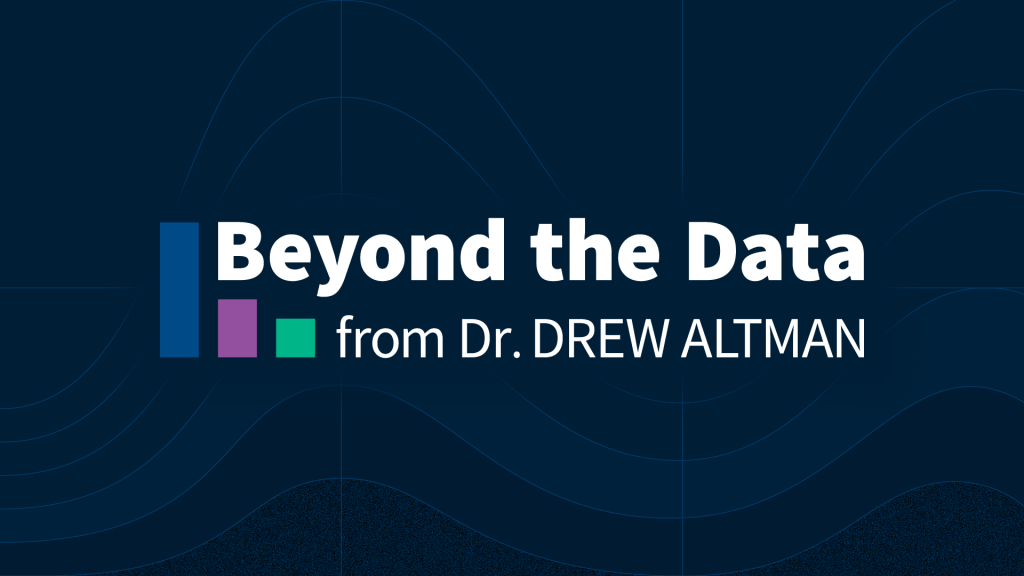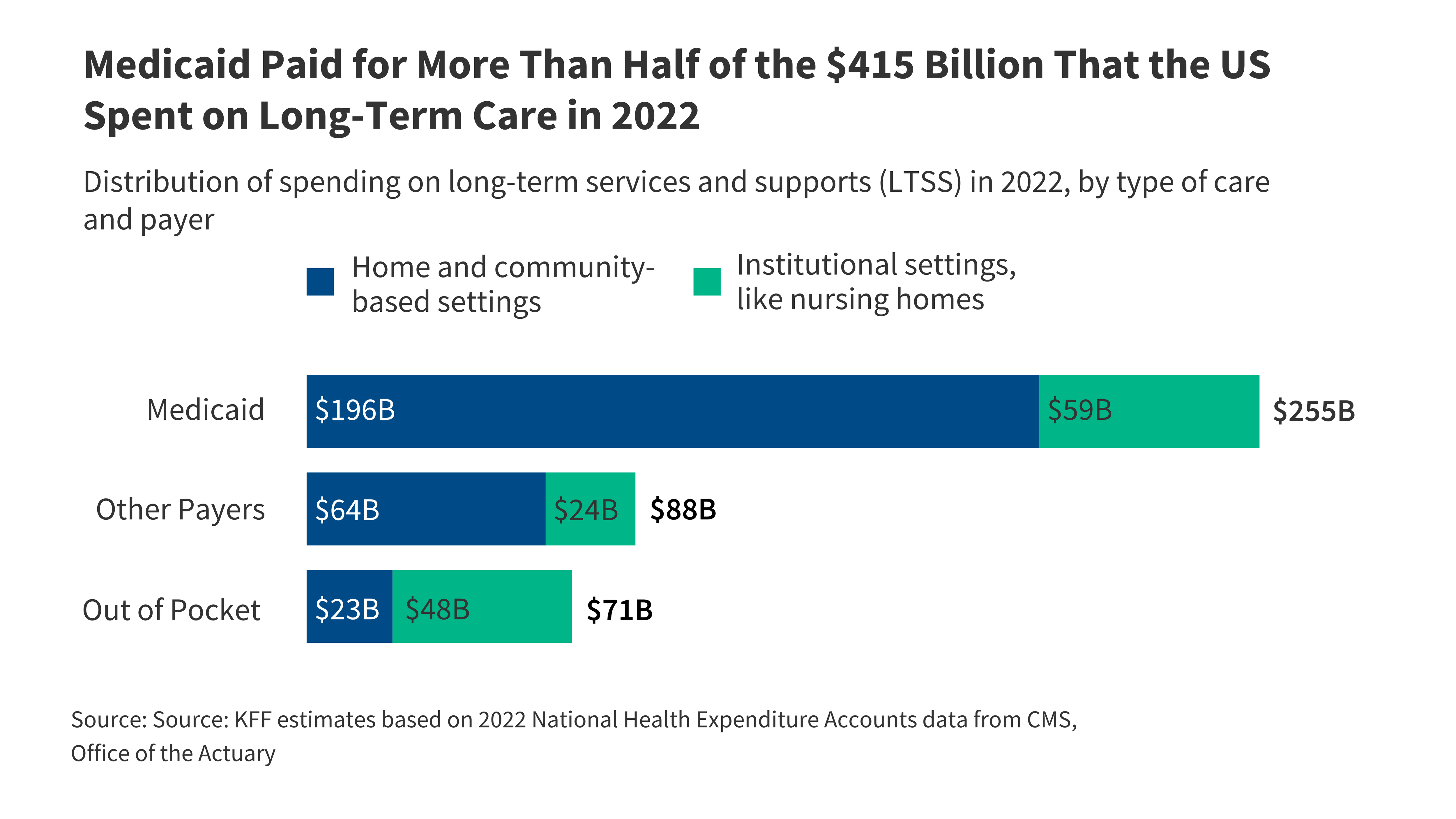Reading the Stars: Nursing Home Quality Star Ratings, Nationally and by State
This issue brief presents national and state-level analysis of nursing homes based on the Five-Star Quality Rating System, recently updated by the Centers for Medicare and Medicaid Services (CMS) to help consumers compare nursing homes when selecting one for themselves or their family members. The issue brief finds that more than one-third (36%) of the nation’s 15,500 nursing homes certified by Medicare or Medicaid received relatively low ratings of 1 or 2 stars (out of a possible 5 stars). In 11 states, at least 40 percent of nursing homes in the state have 1- or 2-star ratings. In 23 states, however, at least half of the nursing homes have 4- or 5- star ratings. This issue brief discusses relevant policy considerations regarding nursing home quality—a serious issue in light of the vulnerability of the nursing home population and recent reports of problems arising from inadequate staffing, fire safety hazards, and substandard care.










